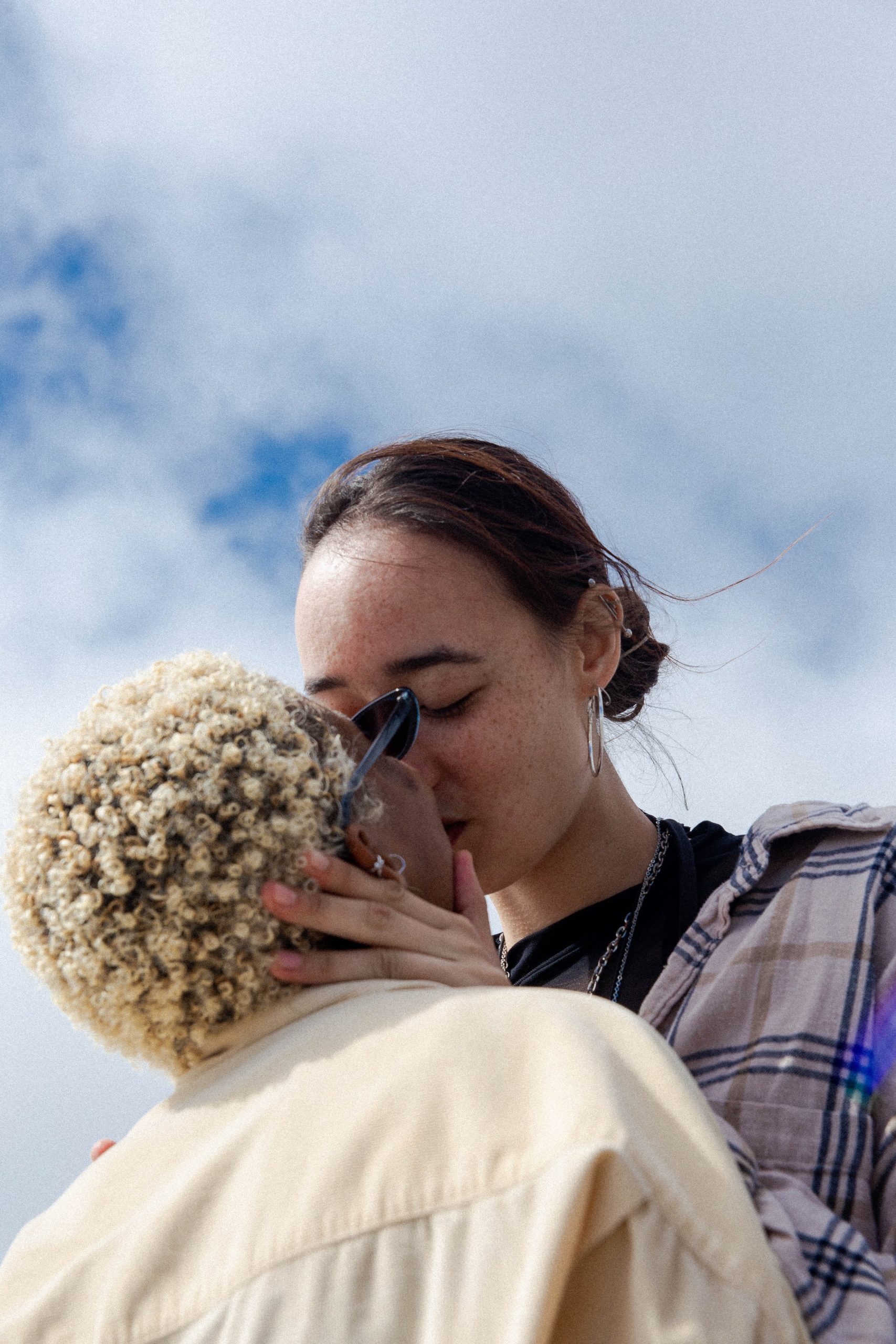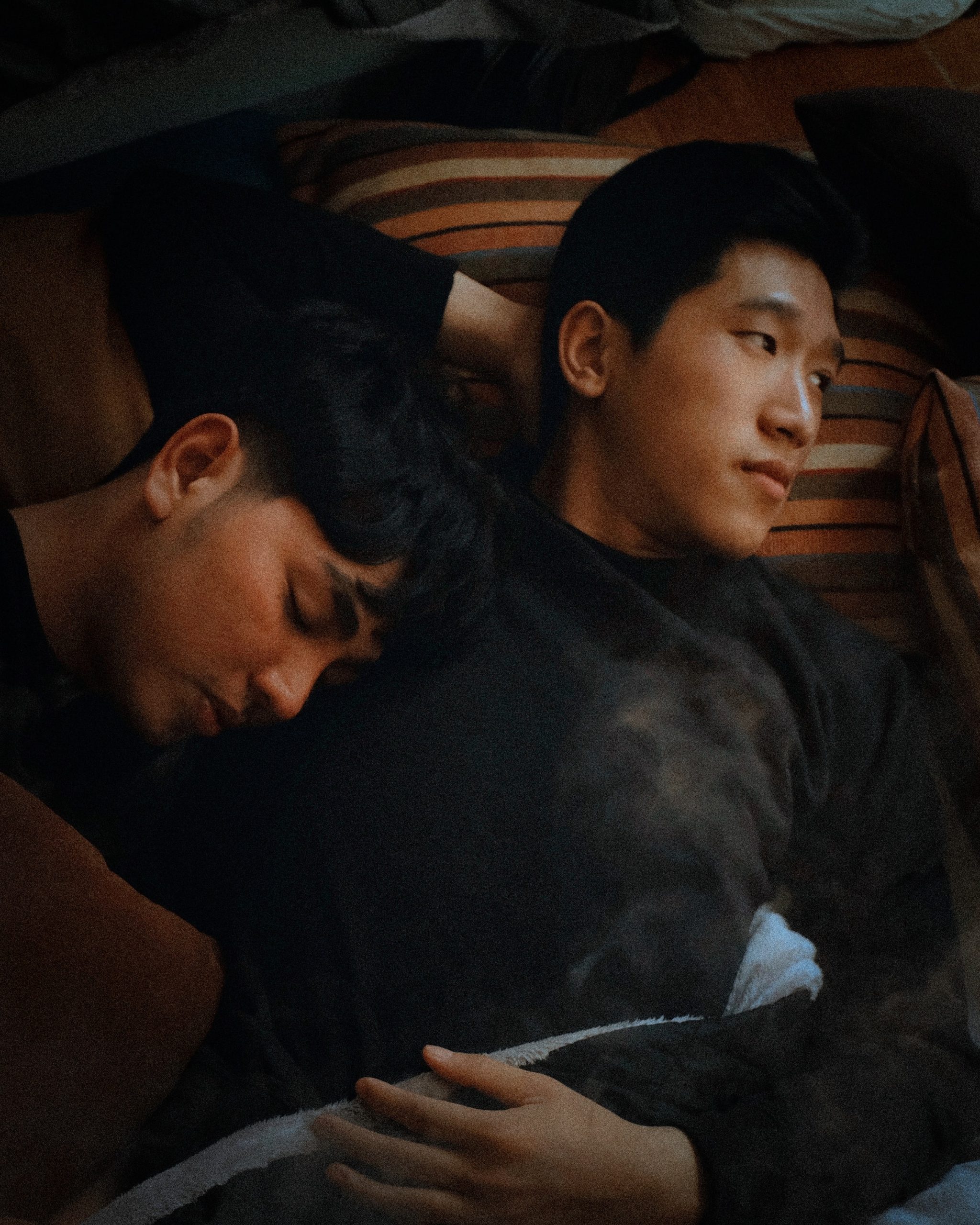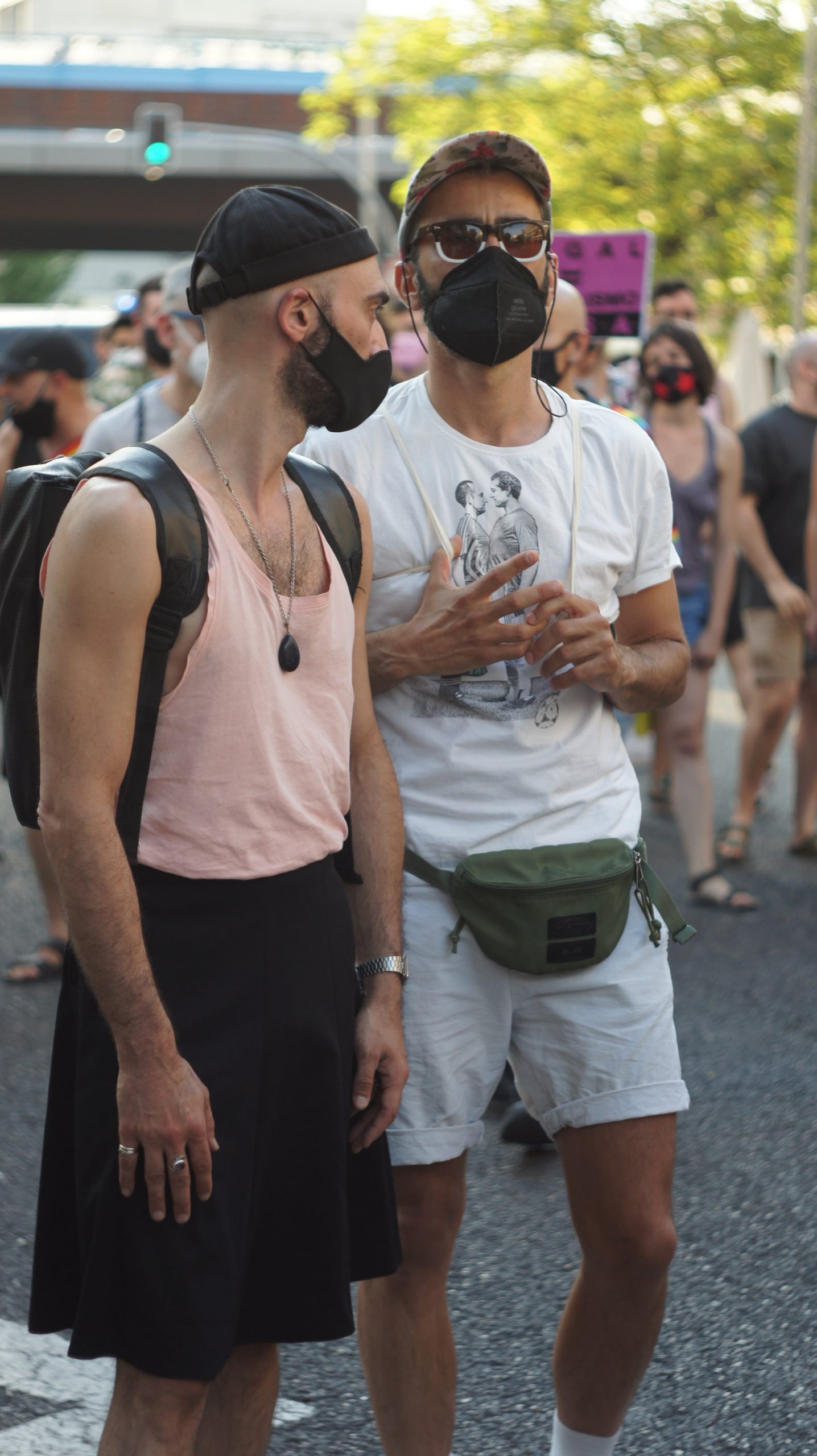All these figures remind us that if the French law is on the side of LGBTQI+ people, violence based on homophobia or transphobia remains an alarming phenomenon that the authorities are struggling to curb. Bloody lips, cranial haematomas, hospital stays… Images of new physical attacks against LGBTQI+ people do not dry up on social networks. This violence remains at an alarming level, despite legislative advances and multiple alerts from associations.
The 2022 report of SOS homophobie, the FLAG! application, as well as a note from the Ministry of the Interior, reminding us on May 17, the International Day against Homophobia and Transphobia: in France, we are still targeted because of our sexual orientation and gender identity. In total, over the last year, complaints for anti-LGBT+ crimes and misdemeanours have thus increased by 28% compared to the year 2020, a doubling since 2016 (+ 104%)! Figures that remain below the reality since the ministry estimates that only 20% of victims file a complaint.
In 2021, 12% of the 1,515 testimonies of LGBTphobia reported to SOS homophobia concern a physical assault, or 144 cases of assault, one every three days. “An incredibly stable level from year to year,” deplores Lucile Jomat, president of the association. These figures are corroborated by those of the FLAG! application, which received 1,161 reports, 10% of which involved physical violence. The services of the Ministry of the Interior estimate that 7,000 people are victims of anti-LGBTQI+ violence every year.
“We cannot say that society is more LGBTphobic because there are more acts of this nature. This could also be explained by greater visibility of the acts, which are regularly denounced,” says Flora Bolter, author of the FLAG! report on behalf of the Fondation Jean-Jaurès. Nevertheless, since we started writing têtu- where we document these assaults on a daily basis – we have been able to observe that these acts of violence persist inexorably, despite better consideration by the justice system and an improvement in the training of police officers.
Street violence, school violence and internet traps

First, there are street assaults with homophobic or transphobic motives. In March, two transgender people were attacked with a knife in Nice- one of the perpetrators told investigators he wanted to “kill a homosexual in the name of Allah”. In Dole, Jura, a trans teenager, was attacked by a group of teenagers in mid-March and beaten up because of his gender identity. In Toulouse, the mayor of a town in Aveyron was found naked and with multiple fractures at a gay cruising spot in September…
The level of LGBTphobia in schools is also concerning. “This year is particularly marked by an alarming increase in cases in schools (5% of physical assaults, compared to 2% in 2020),” says the annual report of SOS. Here again, the news regularly reminds us in a dramatic way of the consequences of this climate on the people concerned, between the suicide last October in the Haut-Rhin of Dinah, 14 years old, victim of lesbophobic harassment, or this Friday, May 13, that of a trans teenager who threw himself from the third floor of his high school in Le Mans.
Another phenomenon which worries so much seems to take the scale: the guets-apens targeting the homos on the Internet persist, year after year, in all of France. In Toulouse, a 25-year-old man is suspected of having drugged and robbed at least nine gay men he met on Grindr. He was jailed in early March. In Paris, it was a teacher who, in January, was sequestered for two days after meeting a lover on an application.
The website coco.fr is particularly used by aggressors in search of discreet and vulnerable victims. Physical assaults “are increasingly violent, with an intensification of cases of assault and battery and a rise in cases of rape (8% of physical assaults in 2021, against 5% in 2020), despite a decline observed in 2020,” stresses the study of SOS.
Complaints up by 28 percent

While the Ministry of the Interior notes “an over-representation of attacks committed in municipalities with more than 200,000 inhabitants”, which concentrate a third of anti-LGBT acts (20% in the Paris area alone), the FLAG! Report points out that rural areas are not spared. “In urban areas, victims can find support, via LGBT+ referents in police stations or associations.
This is hardly the case in sparsely populated areas where the only gateway is the gendarmes, who receive less training on LGBTphobia than police officers,” notes Johan Cavirot, president of the association of agents of the Ministries of the Interior and Justice. Flora Bolter also notes “an increase in reports of problems in the neighbourhood. Many people are sending us distressed comments about their daily lives. And in particular, a fear of teleworking”.
At the end of the quinquennium, several advances were obtained in terms of LGBTQI+ rights: the PMA for all, the prohibition of “conversion therapies”, a circular on the reception of transgender children at school. So many texts claimed for a long time by the associations. Paradoxically, Lucie Jomat notes, “when we obtain an advance in rights, we also see strong opposition and an increase in violence in the public space.
There is a strong polarization of society on these subjects with people who are much more virulent and others who have integrated our problems”. In order to curb the phenomenon, Johan Cavirot welcomes a better understanding of LGBTphobic acts: “Knowing the victims and the aggressors better means fighting LGBTphobic acts better. For this, each act must be reported”. But for violence to finally decrease, the president of SOS calls for more awareness-raising on LGBTphobia and public campaigns.
Sound off in the comments section below, and tell us what you want to read next and if you want to read more about the increase in queerphobic attacks in France.

